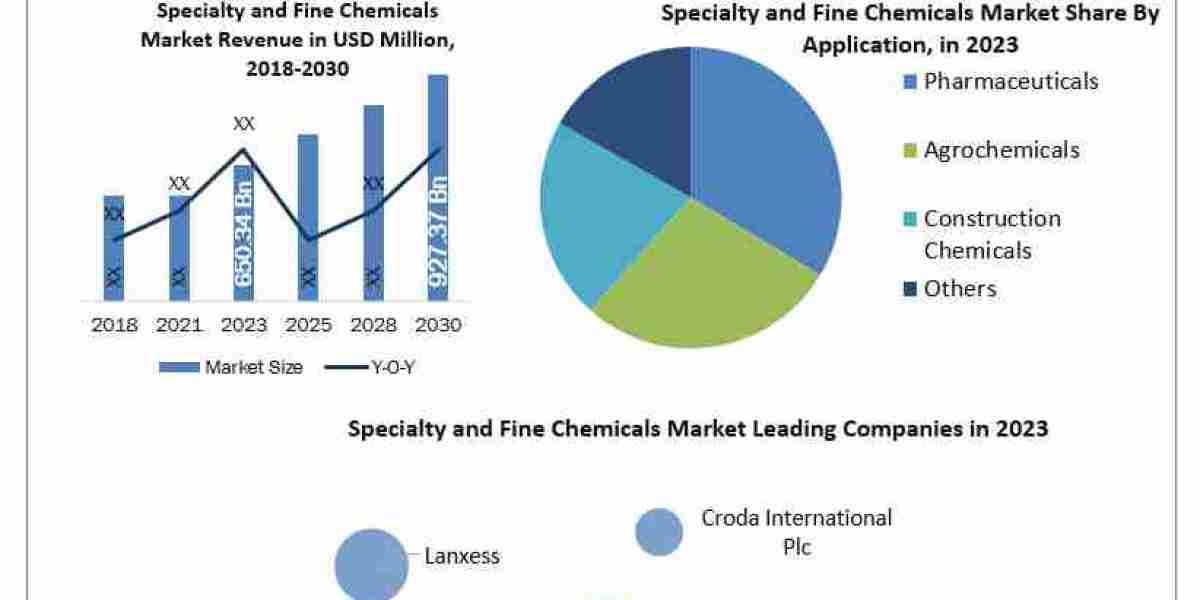The Analgesics Market is undergoing significant innovation, driven by the need for more effective and safer pain management solutions. Two of the most impactful developments reshaping the market are the emergence of combination therapies and novel drug delivery systems. These advancements are enhancing patient outcomes, minimizing side effects, and addressing growing concerns over traditional pain relief approaches—especially in the wake of the opioid crisis.
Rise of Combination Therapies in Pain Management
Enhancing Therapeutic Efficacy
Combination therapies involve the use of two or more pharmacological agents to treat pain through multiple mechanisms of action. This approach not only boosts efficacy but also allows for lower dosages of each drug, reducing the risk of side effects. Common combinations include:
NSAIDs with muscle relaxants for musculoskeletal pain
Opioids with non-opioids to minimize required opioid dosages
Analgesics with antidepressants or anticonvulsants in cases of neuropathic or chronic pain
These therapies are particularly useful in treating complex conditions where a single drug may not provide sufficient relief.
Targeting Specific Pain Types
Combination products are being designed to treat targeted conditions such as:
Post-surgical pain
Cancer-related pain
Migraine and cluster headaches
By tailoring treatment to specific pain pathways, combination therapies improve quality of life for patients with recurring or severe pain issues.
Advancements in Drug Delivery Systems
Transdermal Delivery
Transdermal patches offer a non-invasive and sustained method of drug administration. This system allows for:
Continuous drug release over extended periods
Stable plasma concentrations
Enhanced patient compliance
Popular in managing chronic pain, patches eliminate the need for multiple daily doses and reduce gastrointestinal side effects often associated with oral medications.
Extended-Release and Controlled-Release Formulations
Innovative oral dosage forms now feature extended- or controlled-release mechanisms, maintaining therapeutic levels longer and improving symptom control. These are particularly effective for:
Chronic lower back pain
Osteoarthritis
Post-operative recovery
They also reduce the risk of overdose or misuse, especially in opioid-based formulations.
Injectable and Implantable Systems
Long-acting injectables and implantable devices are emerging as advanced options for severe or persistent pain. These systems:
Deliver precise doses over days or weeks
Reduce the burden of frequent dosing
Are especially useful in oncology and palliative care settings
Some devices can even be programmed or remotely adjusted, offering a new level of personalization.
Patient-Centric Innovations
Beyond pharmacology and formulation, innovation is focusing on improving the patient experience. Key developments include:
Palatable pediatric formulations for child-friendly pain relief
Orally disintegrating tablets (ODTs) for elderly or dysphagic patients
Smart packaging and adherence-tracking technologies to support proper usage
Such advances support greater patient engagement, reduce misuse, and align with evolving healthcare models that emphasize outcomes and satisfaction.
Market Impact and Growth Potential
These innovations are having a significant impact on the analgesics market by:
Expanding the range of treatment options available to healthcare providers
Supporting the shift toward multimodal pain management
Creating differentiated products that offer competitive advantages
As healthcare systems increasingly adopt value-based care models, therapies that offer improved efficacy, safety, and convenience will dominate prescribing patterns and market share.
Conclusion
The introduction of combination therapies and novel drug delivery systems is revolutionizing the analgesics market. These innovations are addressing the demand for safer, more effective, and more user-friendly pain relief solutions across various patient demographics. As technological and clinical advancements continue, the market will see growing adoption of these next-generation approaches, setting a new standard for pain management worldwide.




